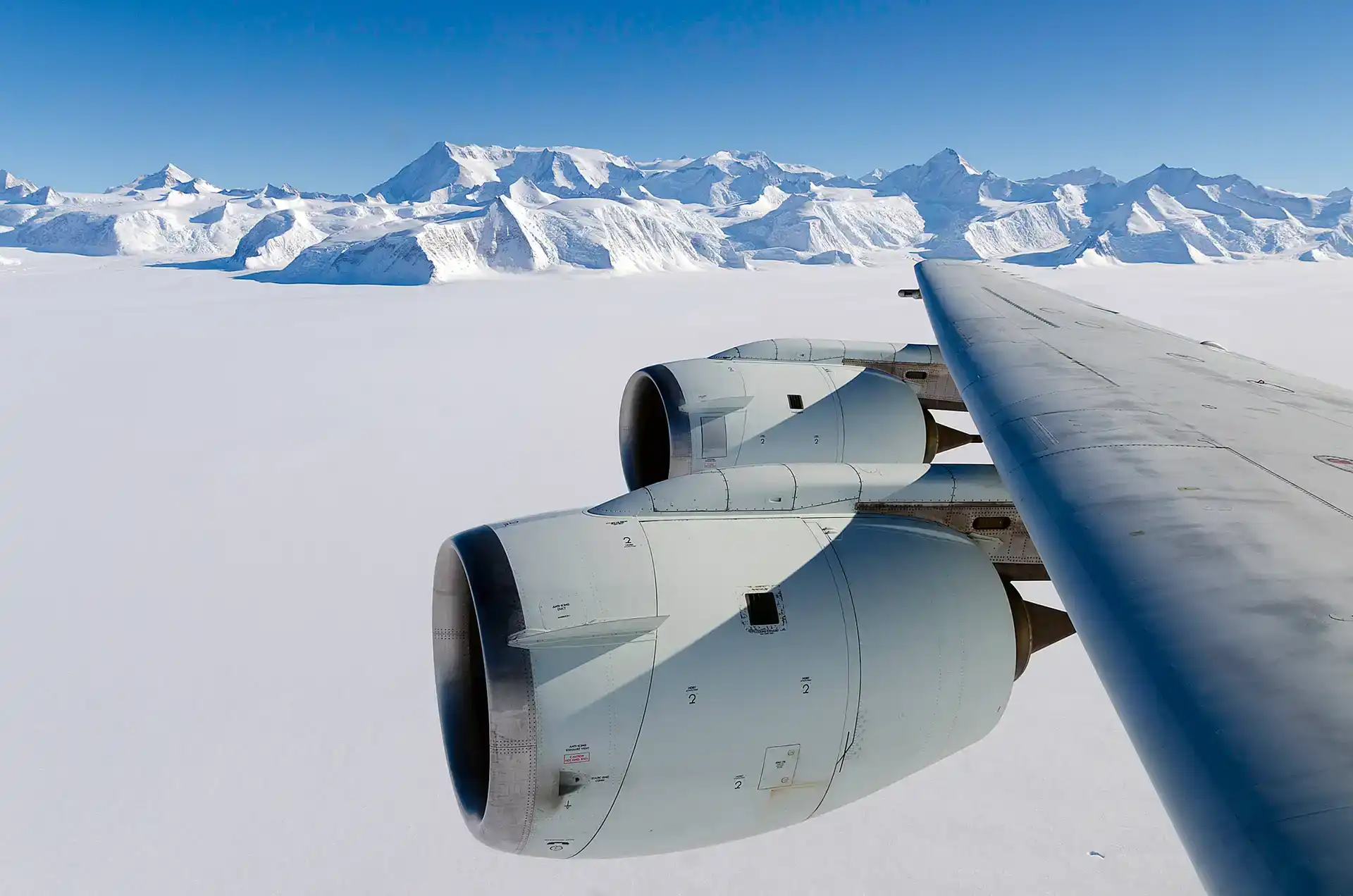
Overview
The Twin Otter is a twin-engine turboprop research aircraft developed by de Havilland Canada. Several organizations, including NASA, NOAA, and the Center for Interdisciplinary Remotely Piloted Aircraft Studies (CIRPAS), have owned and operated the Twin Otter to support atmospheric and oceanographic research. It typically has an endurance of 4 to 6 hours, a maximum range of about 600 nautical miles, and a maximum altitude of 25,000 feet. The Twin Otter can carry a payload of up to 1,500 to 3,600 pounds depending on the specific aircraft.
Related Campaigns & Instruments
Review the instruments operated on this platform for each of these field campaigns

Olympic Mountains Experiment
| 2015-11-01 | 2016-05-01 |

Boreal Ecosystem-Atmosphere Study
| 1994-02-02 | 1994-09-19 |
| 1996-02-27 | 1996-10-21 |

SnowEx
| 2016-09-26 | 2017-02-26 |
| 2019-11-14 | 2020-03-12 |
| 2022-10-22 | 2023-10-28 |
| 2020-11-16 | 2021-09-21 |

Cloud and Land Surface Interaction Campaign 2007
| 2007-06-11 | 2007-07-06 |

Arctic-Boreal Vulnerability Experiment
| 2018-07-02 | 2018-09-01 |
| 2022-07-05 | 2022-08-26 |
| 2017-04-27 | 2017-11-04 |
| 2019-06-30 | 2019-09-17 |
| 2023-07-05 | 2023-08-21 |
| 2024-08-12 | 2024-08-26 |

First International Satellite Land Surface Climatology Project (ISLSCP) Field Experiment
| 1987-05-26 | 1987-10-16 |
| 1989-07-24 | 1989-08-12 |
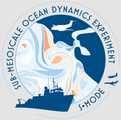
Sub-Mesoscale Ocean Dynamics Experiment
| 2023-04-03 | 2023-05-02 |
| 2022-10-06 | 2022-11-07 |
| 2021-10-17 | 2021-11-09 |
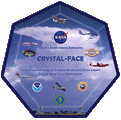
Cirrus Regional Study of Tropical Anvils and Cirrus Layers Florida Area Cirrus Experiment
| 2002-07-03 | 2002-07-29 |

Fire Influence on Regional to Global Environments and Air Quality
| 2019-07-15 | 2019-09-05 |

Fire Influence on Regional to Global Environments and Air Quality
| 2019-07-15 | 2019-09-05 |

Cloud and Land Surface Interaction Campaign 2007
| 2007-06-11 | 2007-07-06 |
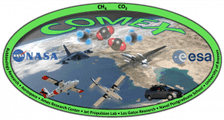
CO2 and Methane Experiment
| 2014-08-18 | 2014-09-10 |
| 2014-05-04 | 2014-07-05 |
| 2015-08-19 | 2015-08-19 |

CO2 and Methane Experiment
| 2014-08-18 | 2014-09-10 |
| 2014-05-04 | 2014-07-05 |
| 2015-08-19 | 2015-08-19 |

CO2 and Methane Experiment
| 2014-08-18 | 2014-09-10 |
| 2014-05-04 | 2014-07-05 |
| 2015-08-19 | 2015-08-19 |

Atmospheric Radiation Measurement Enhanced Shortwave Experiment
| 1995-09-22 | 1995-11-01 |
| 2000-02-21 | 2000-04-05 |

Atmospheric Radiation Measurement Enhanced Shortwave Experiment
| 1995-09-22 | 1995-11-01 |
| 2000-02-21 | 2000-04-05 |

Arctic-Boreal Vulnerability Experiment
| 2018-07-02 | 2018-09-01 |
| 2022-07-05 | 2022-08-26 |
| 2017-04-27 | 2017-11-04 |
| 2019-06-30 | 2019-09-17 |
| 2023-07-05 | 2023-08-21 |
| 2024-08-12 | 2024-08-26 |
Cold Land Processes Experiment
| 2002-02-17 | 2003-04-01 |
| 2006-12-02 | 2008-02-24 |
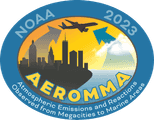
Atmospheric Emissions and Reactions Observed from Megacities to Marine Areas
| 2023-06-12 | 2023-08-27 |
Surface Biology and Geology (SBG) High-Frequency Time Series
| 2022-02-24 | 2022-09-27 |

Coastal and Ocean Airborne Science Testbed
| 2011-10-21 | 2011-10-28 |
Soil Moisture Active Passive Validation Experiment
| 2008-09-20 | 2008-10-19 |
| 2012-06-06 | 2012-07-19 |
| 2015-08-02 | 2015-08-18 |
| 2016-05-25 | 2016-08-16 |
| 2022-04-02 | 2022-08-09 |
Soil Moisture Experiment
| 2005-06-10 | 2005-07-08 |
| 2004-07-20 | 2004-08-26 |
| 2002-06-15 | 2002-07-23 |
| 2003-06-16 | 2003-07-21 |

SnowEx
| 2016-09-26 | 2017-02-26 |
| 2019-11-14 | 2020-03-12 |
| 2022-10-22 | 2023-10-28 |
| 2020-11-16 | 2021-09-21 |

SnowEx
| 2016-09-26 | 2017-02-26 |
| 2019-11-14 | 2020-03-12 |
| 2022-10-22 | 2023-10-28 |
| 2020-11-16 | 2021-09-21 |
Hyperspectral Imaging of Harmful Algae Blooms
| 2015-07-13 | 2015-10-19 |
| 2016-06-06 | 2016-10-25 |
| 2017-06-21 | 2017-10-18 |
| 2018-07-03 | 2018-10-12 |
| 2019-08-09 | 2019-09-27 |

Plankton, Aerosol, Cloud, ocean Ecosystem Postlaunch Airborne eXperiment
| 2024-08-28 | 2024-09-30 |
Megacity Initiative: Local and Global Research Observations
| 2006-03-01 | 2006-03-30 |
Great Plains Irrigation Experiment
| 2018-05-29 | 2018-07-30 |
California Research at the Nexus of Air Quality and Climate Change
| 2010-05-01 | 2010-07-22 |
California Research at the Nexus of Air Quality and Climate Change
| 2010-05-01 | 2010-07-22 |
Canadian Experiment for Soil Moisture
| 2010-07-13 | 2010-07-20 |
| 2010-06-01 | 2010-06-16 |
Filter data products from this platform by specific campaigns, instruments, or formats.
